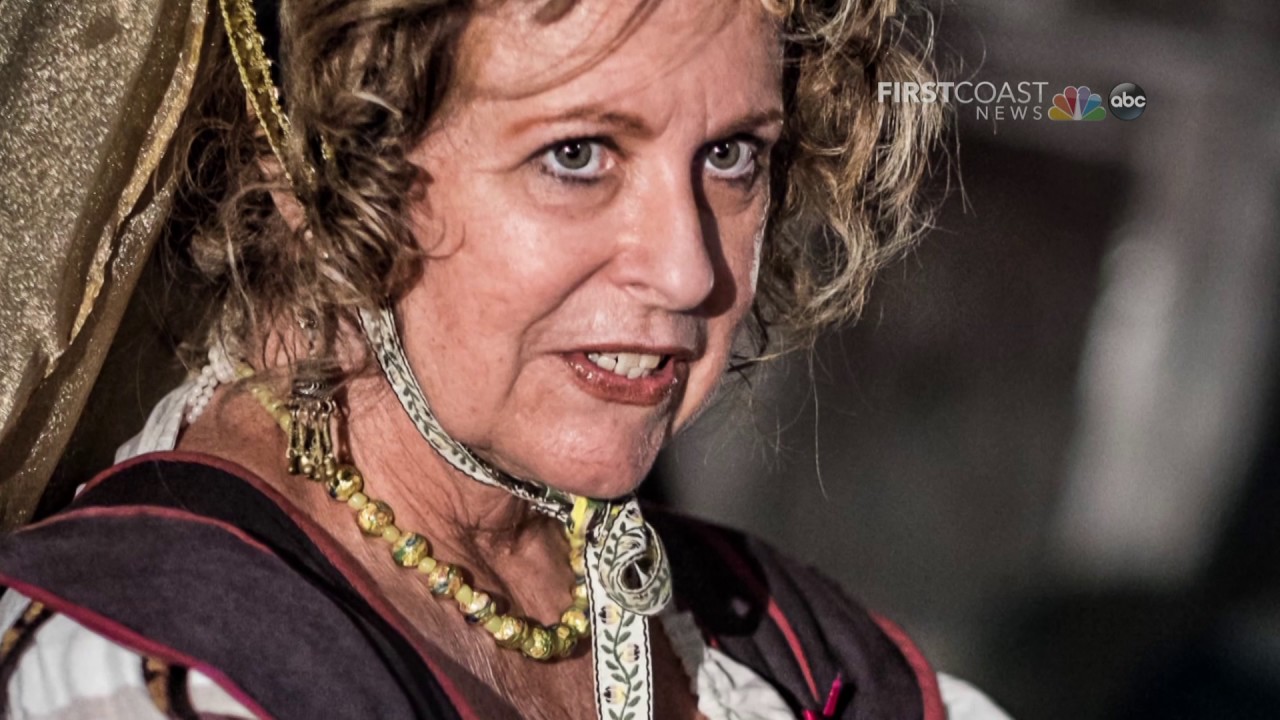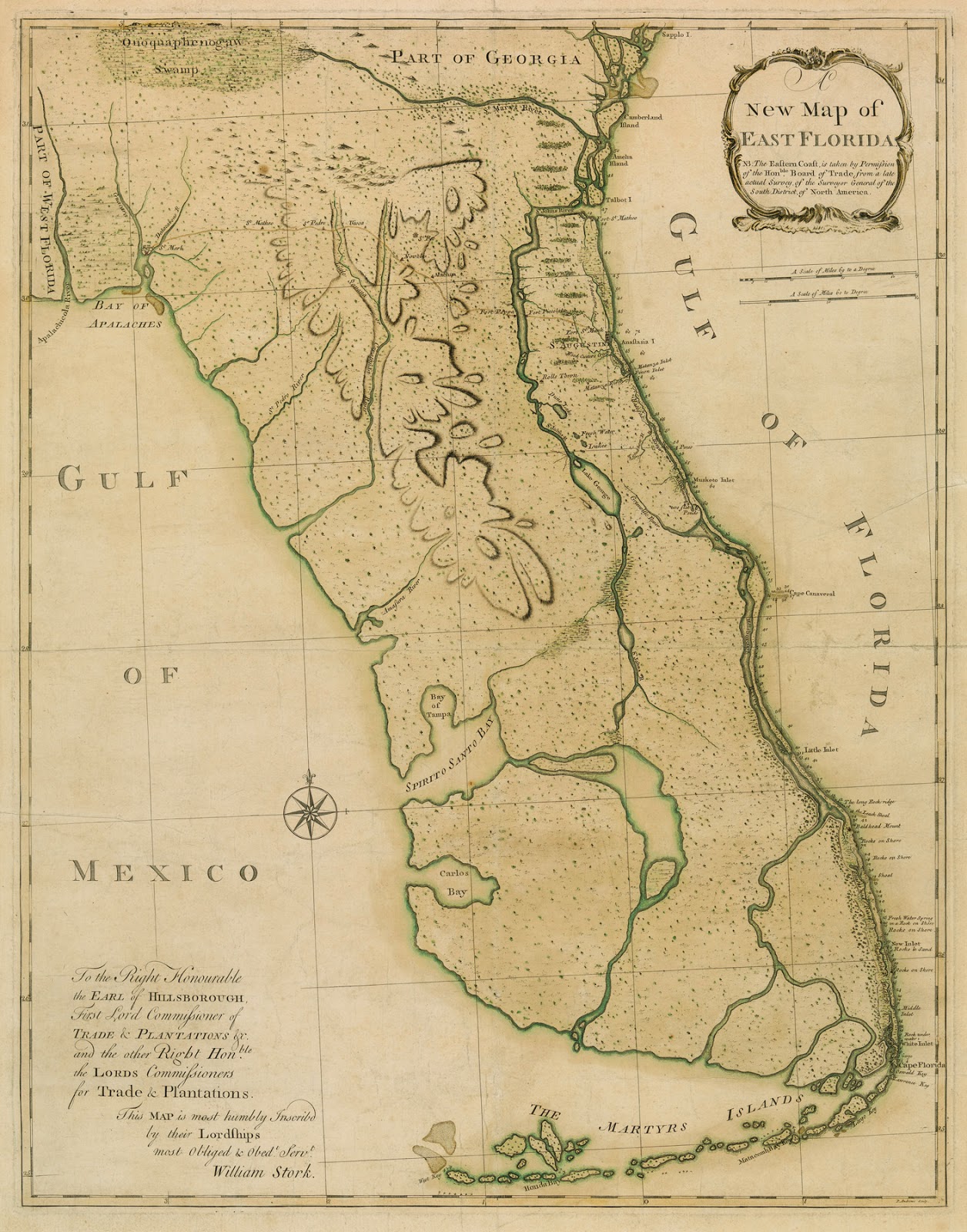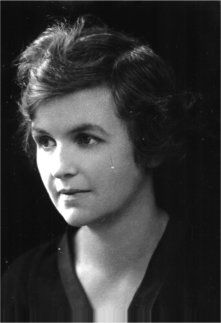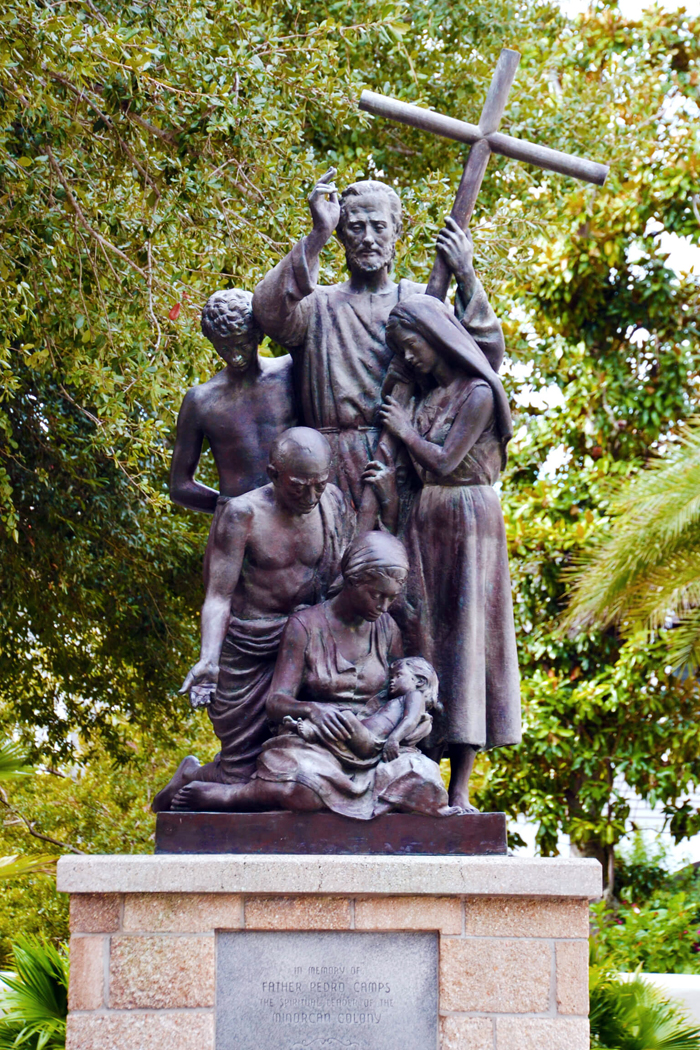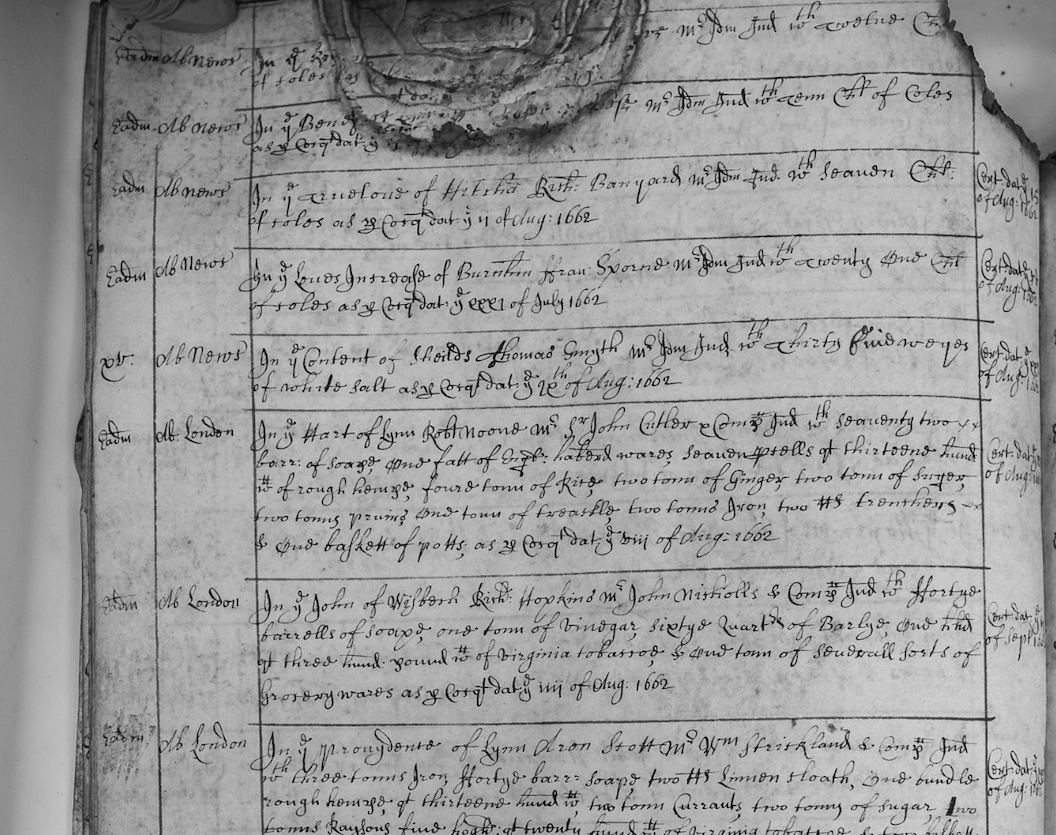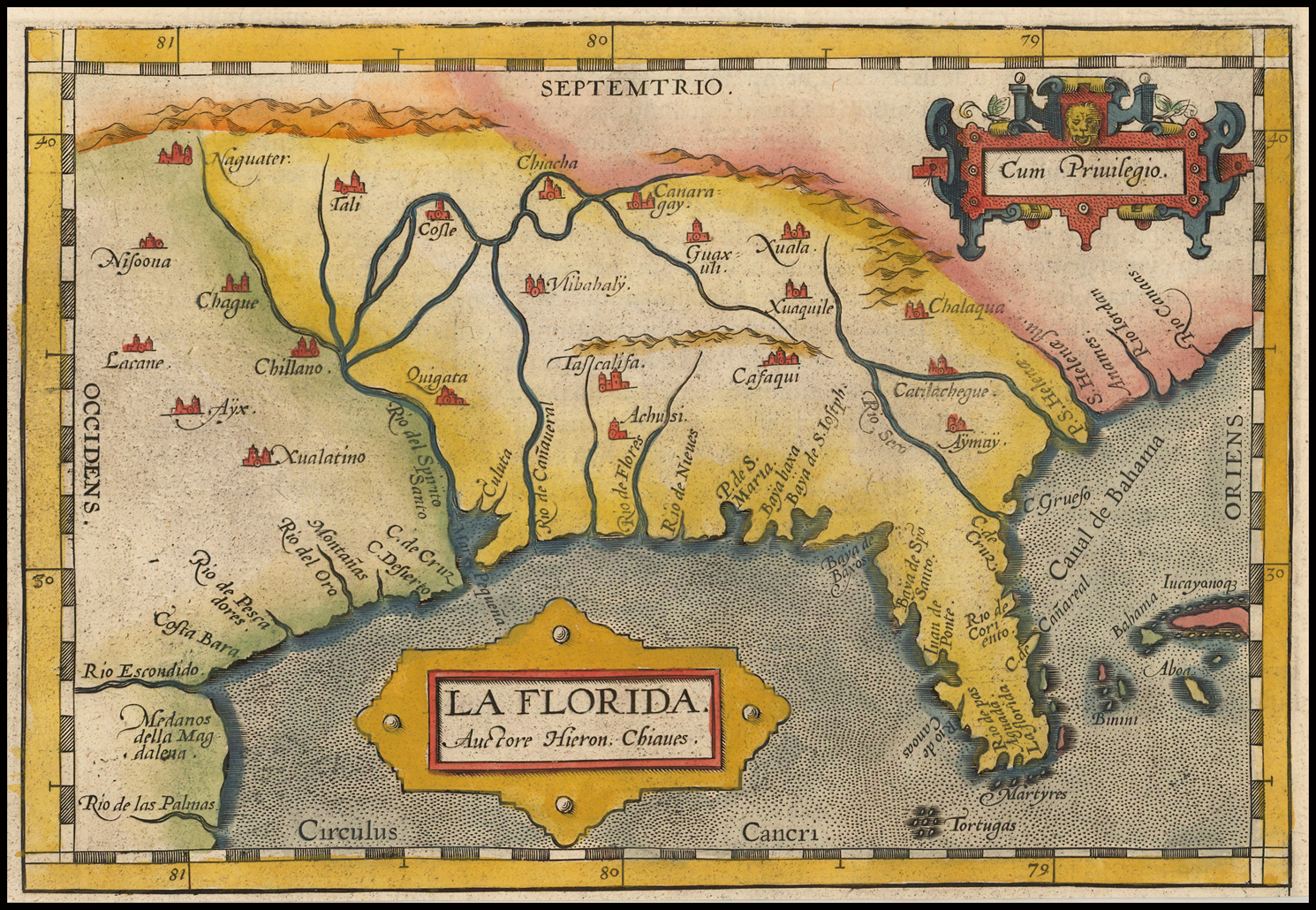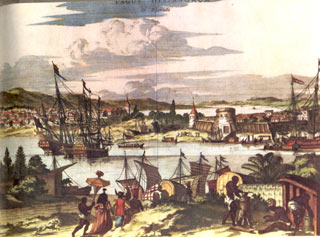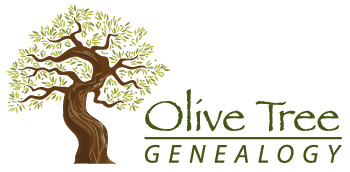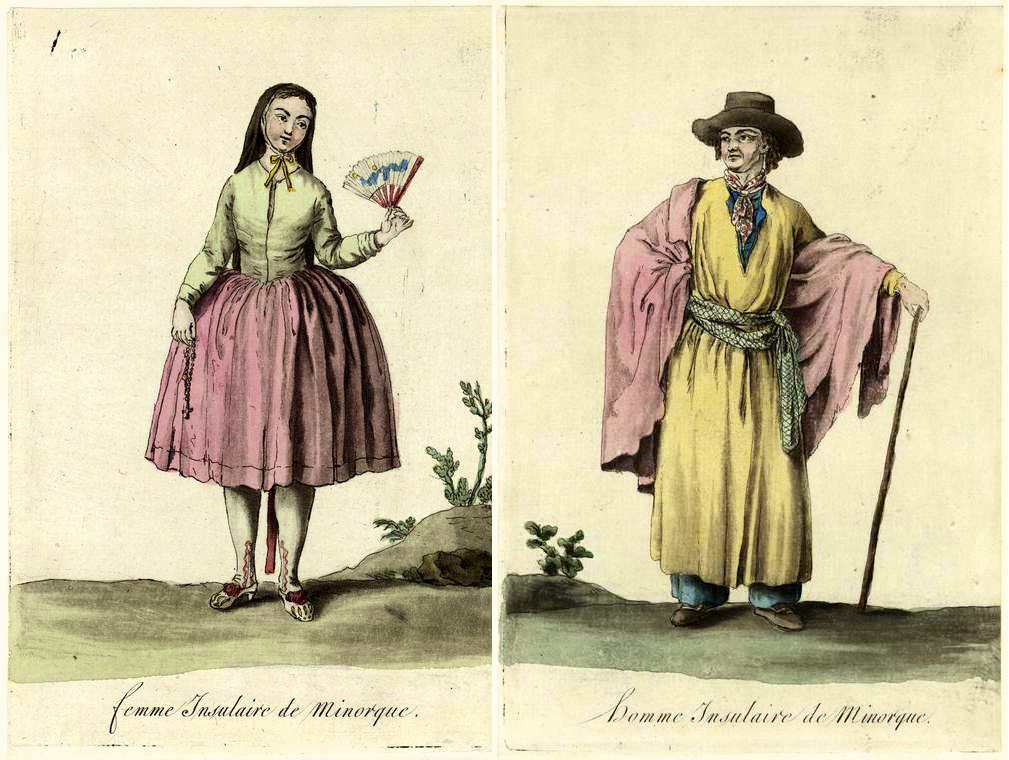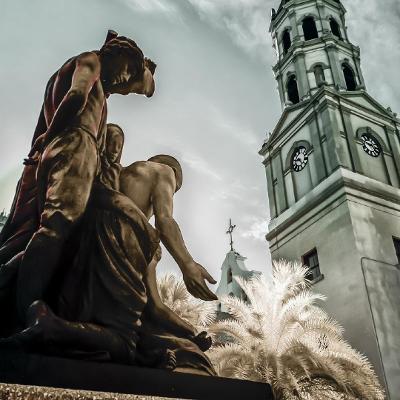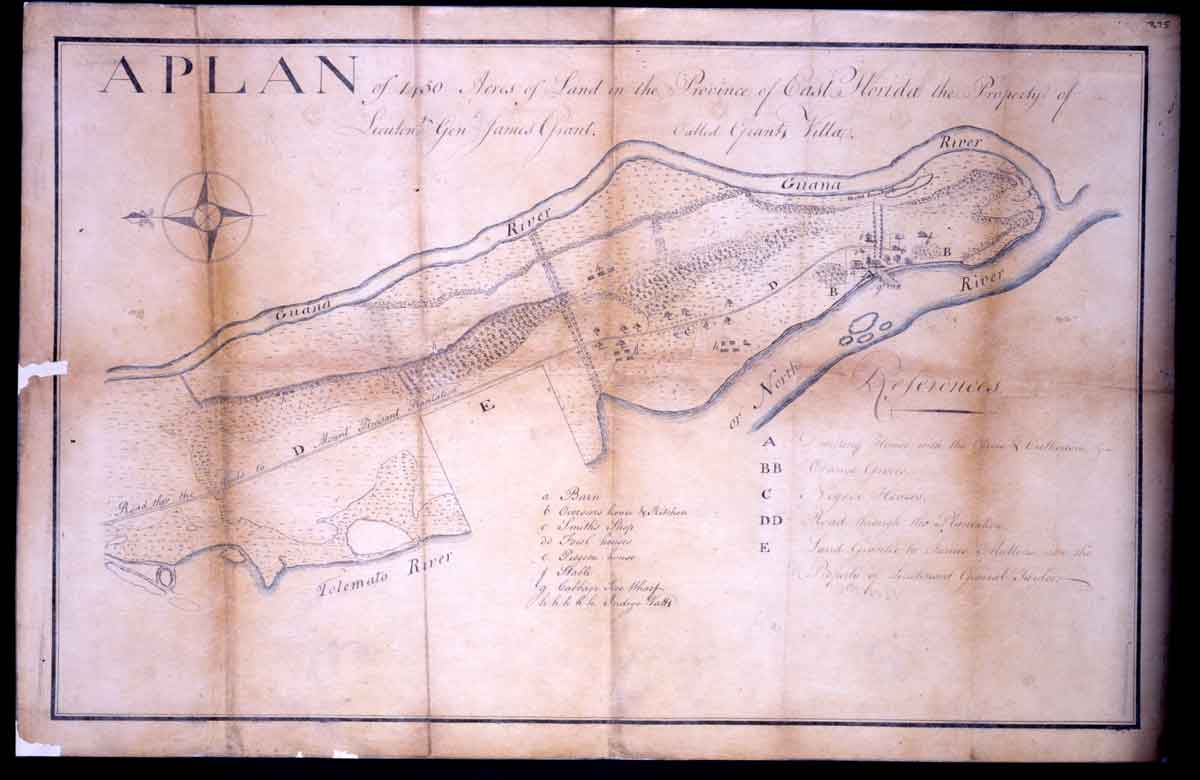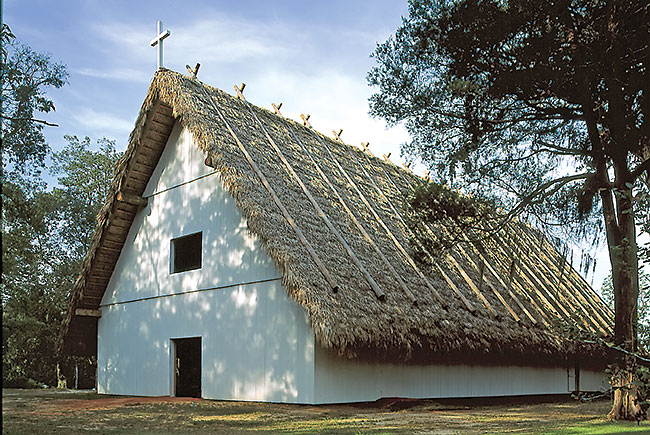St. Augustine
WHERE IS CATARINA MOLL USINA BURIED ON THE TURNBULL PLANTATION?
Catarina Moll was born 13 October 1748 in Alaior, Menorca, a beautiful little island off the coast of Spain. Some historical records refer to her as Catalina, but in Father Pedro Camps Golden Book he recorded her name as “Catarina, wife of Antonio Alquina” (Alzina, Usina).
St. Augustine 450 – The Story of St. Augustine’s People
This 22-minute presentation does an excellent, excellent job of portraying several aspects of St. Augustine, each of which, a 2-hour video would only scratch the surface of each historical segment. Thanks to the generous sponsors who made this video possible and for all the insight offered by the St. Augustine people who participated.
An Extract From the Account of East Florida: Dr. Stork
The extract from “An Extract from the Account of East Florida” provides historical information about the colonization of East Florida and the challenges faced by the early settlers. It offers insights into the experiences of Andrew Turnbull and his colony in New Smyrna, shedding light on the hardships they endured and their contributions to the region’s history.
Carita Doggett
Carita Doggett Corse was a notable Florida historian and writer who served as the Florida director of the Federal Writers’ Project. Her works, including Dr. Andrew Turnbull and the New Smyrna Colony of Florida, showcased her dedication to collecting folk history and shed light on important aspects of Florida’s past.
Passengers From the Balearic Islands
Andrew Turnbull, a Scottish-born physician and wealthy member of the East Florida Society in London which was formed in 1766, conceived a plan to bring colonists of Greek, Italian, Minorcan and Turkish origins to Florida in the hopes of cultivating the land. Great Britain had acquired Florida around 1763.
It’s called Canal Street because it actually had a canal built by the Turnbull settlers over 250 years ago. Explore the history and fate of New Smyrna Beach’s historic canal system. The content for this video was developed in conjunction with the Florida Humanities Council as part of the Florida Stories walking tour program.
Saving Eighteenth-Century New Smyrnea: Public Archaeology in Action
During the British Period in Florida the New Smyrnea settlement (1768-1777) was part of the British effort to populate East Florida. The settlement pattern of modern New Smyrna Beach overlaps that of eighteenth-century New Smyrnea creating a complex setting for historical and archaeological research.
THE ANTONIO ALZINA (USINA) AND CATALINA MARIE MOLL AMERICAN HERITAGE BEGAN AT ST. AUGUSTINE, FLORIDA IN JUNE 1768
Malinda Usina Jones, Garrett Charles Usina and Cathy Usina Laird’s 4th Great-grandfather is Antonio Alzina who was born in Alayor, Menorca. Marie Catalina Marie Moll is their 4th great-grandmother.
Indigo Cultivation: Life at Governor James Grant’s Villa Plantation
The main export crop in British East Florida during the 1760s and 1770s was indigo. The following essay briefly explores the experiences at Grant’s Villa, the most profitable indigo plantation in the province. Located six miles north of St. Augustine and one-half mile east of the Atlantic Ocean, between the North and Guana Rivers, the plantation was owned by James Grant, the first governor of East Florida.
THOUSANDS ONCE LIVED IN FLORIDA’S SPANISH MISSIONS
From 1567 to 1705, a vast network of missions extended across land claimed by Spain as La Florida in what is now the southeastern U.S. Within that territory, Franciscan friars traveled great distances to establish mission settlements and convert Native peoples of many different tribes and language groups to the Catholic faith.

